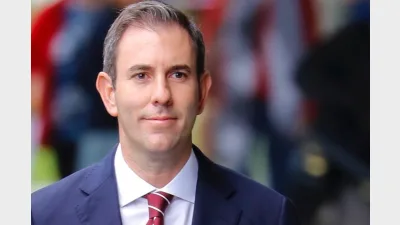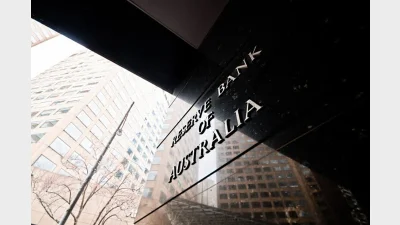New report canvasses contractor age pension levy



Contractors on incomes over $90,000 could be made to pay a levy to fund the age pension, under proposals canvassed in a new report undertaken by Vision Super and the John Curtin Research Centre.
The policy report was released this week and urges key changes which it argues will help safeguard the future of Australia’s superannuation industry.
The report, Super ideas: Securing Australia’s retirement income system, looks at the challenges of providing a secure retirement for all Australians, and the changes needed to ensure the superannuation system remains fit for purpose over the coming decades.
Among the proposals canvassed in the report are:
• Financial literacy be incorporated into the national curriculum, so that Australians have a better basis for making crucial decisions about superannuation and other financial matters
• Measures for addressing the gender gap in super
• A renewed push to place downward pressure on fees
• A zero-tolerance approach towards employer non-compliance of payment of compulsory superannuation contribution; and
• That governments should desist from undermining the vital role industry super funds play in safeguarding the retirements of working Australians.
Commenting on the report, Vision Super deputy chairman, Geoff Lake said the Australian superannuation system had been essentially designed in the 1990s and while it remained a world-beating system, it needed to be updated to meet the challenges of the 21st century.
“Those challenges include the increasing prevalence of casual and contract work – the so-called ‘gig economy’ – the ageing population, and the shrinking base of taxpayers.
“We all want a dignified, comfortable retirement – so it’s vital that we have a mature, reasoned policy debate about how we preserve the fundamentals of Australia’s world class retirement system, while updating those aspects that no longer make sense in the twenty-first century.
“This is our contribution to that debate – Vision Super commissioned this research from the John Curtin Research Centre to further the best interests of our members by reframing the debate about superannuation and its future.”
Dr Nick Dyrenfurth, executive director of the John Curtin Research Centre and author of the report, said there are seven main recommendations contained in the report.
“Some of the recommendations echo those made by other industry participants – like raising the superannuation guarantee rate to 12.5 per cent and eventually to 15 per cent, and abolishing the $450 threshold,” Dyrenfurth said.
“Others are innovative policy solutions, such as the introduction of a compulsory levy on contractors with incomes above a threshold of $90,000 per financial year to fund the aged pension - unless the contractor contributes an amount equivalent to the SG to a complying super account.”
Recommended for you
Super trustees need to be prepared for the potential that the AI rise could cause billions of assets to shift in superannuation, according to an academic from the University of Technology Sydney.
AMP’s superannuation business has returned to outflows in the third quarter of 2025 after reporting its first positive cash flow since 2017 last quarter.
The major changes to the proposed $3 million super tax legislation have been welcomed across the superannuation industry.
In holding the cash rate steady in September, the RBA has judged that policy remains restrictive even as housing and credit growth gather pace.









